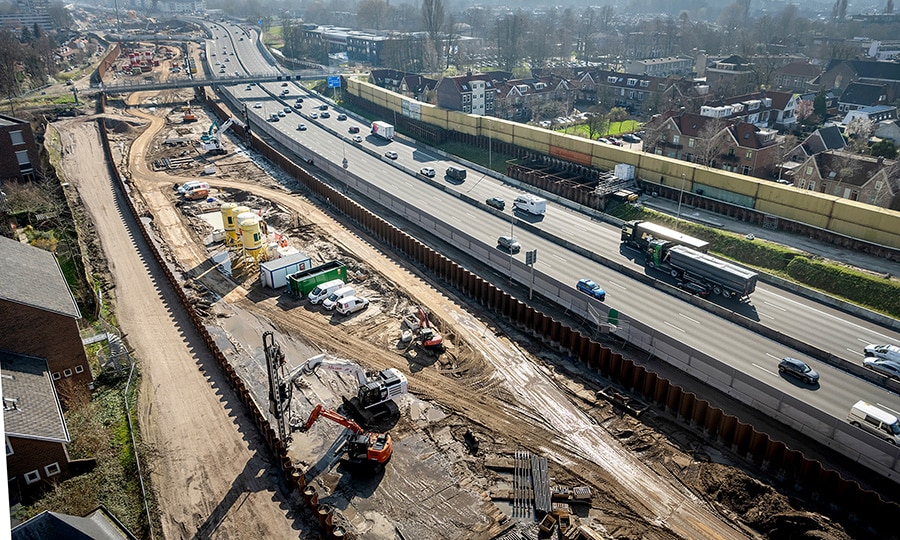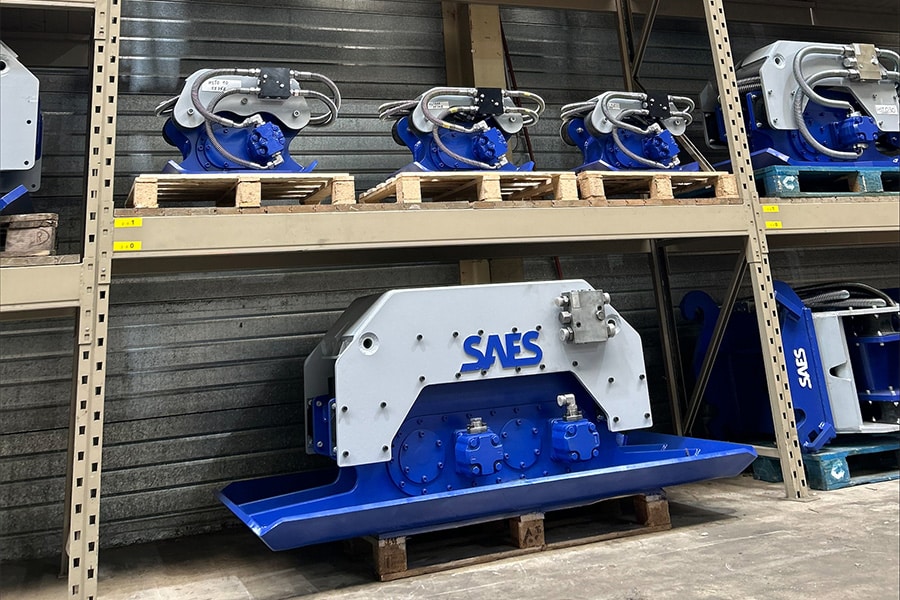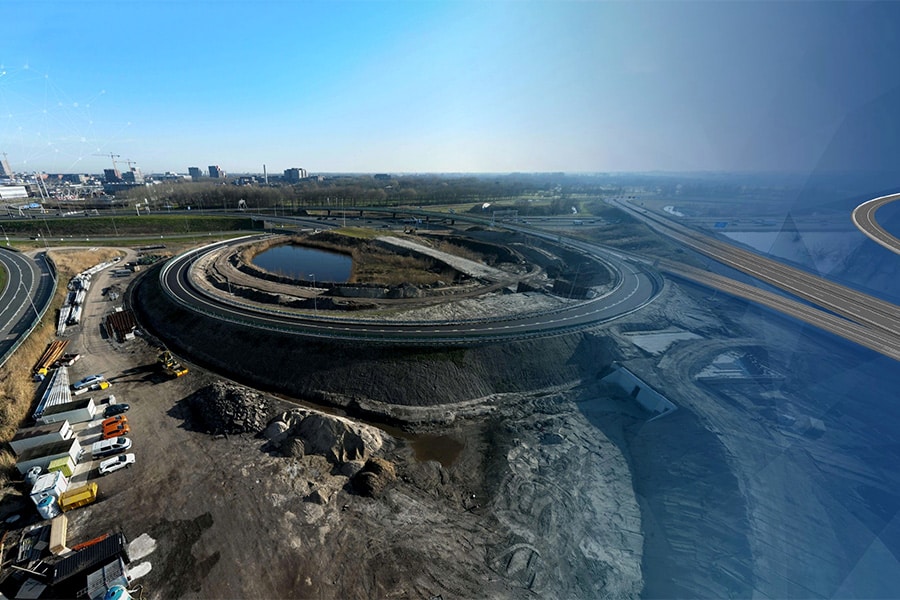
New roads lead to a sustainable future
Only together can we achieve the goals
On the road to 2030 and 2050, one thing is also clear in the infrastructure sector: it is not an easy road to travel. Scarcity in raw materials and strict environmental requirements require alternative production methods throughout the construction and infrastructure sector. No easy task, but innovative alternatives are being hard at work in our country. One of the frontrunners in this innovation process is Latexfalt. We speak with Foeke Elzinga, Commercial Manager at the Koudekerk aan den Rijn-based company.
Road construction as catalyst of sustainable process
"With the abandonment of fossil fuels and a focus on the transition to electrification and hydrogen, we will only see scarcity in bitumen increase," Elzinga outlines the near future. "The environmental requirements for asphalt production are so high that conventional production methods are at risk anyway. So it is time to make a virtue of necessity: we see plenty of opportunities for circular road construction. It is obvious that when one thinks of 'circular' one thinks of using old asphalt as a circular product, Latexfalt, however, wants to make the concept of circular broader, cross-industry even."
Elzinga points to the fact that the asphalt industry has always been able to make high-quality roads from bitumen, derived from the refining process of petroleum, but as far as Latexfalt is concerned, other residual streams can also be used as circular raw materials. "Then you have to think of social waste streams like packaging plastics and car tires, for example. Instead of ending up in a landfill or being incinerated, they can have a second life in the road surface of the future. The same goes for residual oil from the food industry, which could end up as rejuvenating material on the road surface."
Ambitions come true together
Much research is needed to apply alternative waste streams for road construction purposes. Latexfalt wants to do all it can to research that, but says it cannot do it alone. "We need to know how these new raw materials behave in practice and what logistics chain is needed to get everything from waste pile to road surface. We want to be sure that this circular use still contributes to ensuring the high quality of Dutch road surfaces," Elzinga said.
"Right now, we at Latexfalt are focusing on developing analytical methods to map the behavior and properties of bitumen. With this, we can make better predictions about how and why a bitumen in the road ages and create a design with which we can develop alternatives for bitumen with the residual streams of the future. That is what Latexfalt wants to do together with the construction industry in the Netherlands." Knowledge sharing is of the utmost importance in this regard, as was also evidenced by the customer day Latexfalt organized on April 7, at which various lectures related to sustainability were given. The chairman of the day was none other than Prof. Dr. Em. Jan Jonker, Professor of Sustainable Business.



